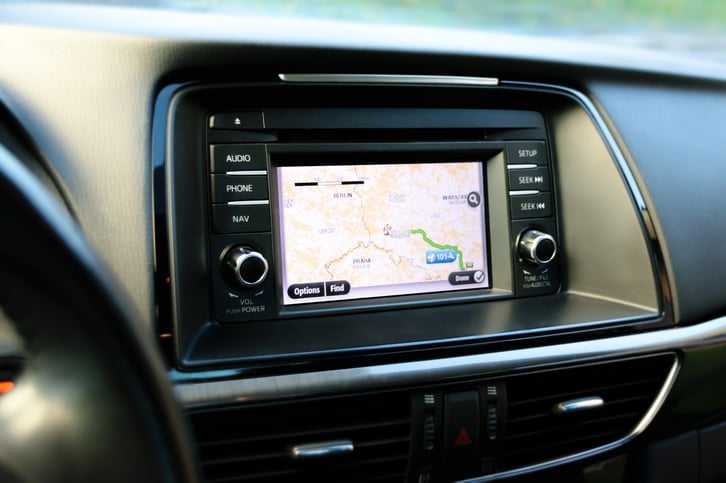
While telematics has been largely used not only to generate fleet savings but also to improve safety on fleets thanks to driving style monitoring, the European commission has announced, in the final days of 2016, the prospect of making mandatory some in-vehicle technologies in order to improve global road safety.
According to the EC data, around 26,000 people die on European Union roads annually, with at least 135,000 suffering life-changing injuries. During the last two decades the efforts and initiatives taken in terms of road safety have helped in reducing these figures, but in the last two years the trend has slowed to a halt or even gone into reverse in some EU countries.
According to both the EC and the ETSC (European Transport Safety Council), improved vehicle safety standards are critical to reducing deaths and injuries on the roads, and the measure announced is that 19 safety technologies could be made mandatory in the update of the EU rules on vehicle safety. The rules have not been updated since 2009.
Among the 19 vehicle safety technologies, the ETSC particularly welcomes
- automated emergency braking: automatically slows down and stops the vehicle if it detects a vehicle in front. Some versions of this item detect pedestrians and cyclists as well
- intelligent speed assistance: an overridable system that communicates the current speed limit to the driver using digital maps and speed sign recognition and helps them keep within the limit
- seat-belt reminders: already mandatory on driver seats, the Commission is looking to extend fitment to all passenger seats, as failure to wear a seatbelt is still a leading cause of death on Europe’s roads.
The Commission is carrying out further research into the safety technologies to assess their cost-effectiveness to "arrive at an irrefutable assessment of their impact to indeed boost EU vehicle safety".




